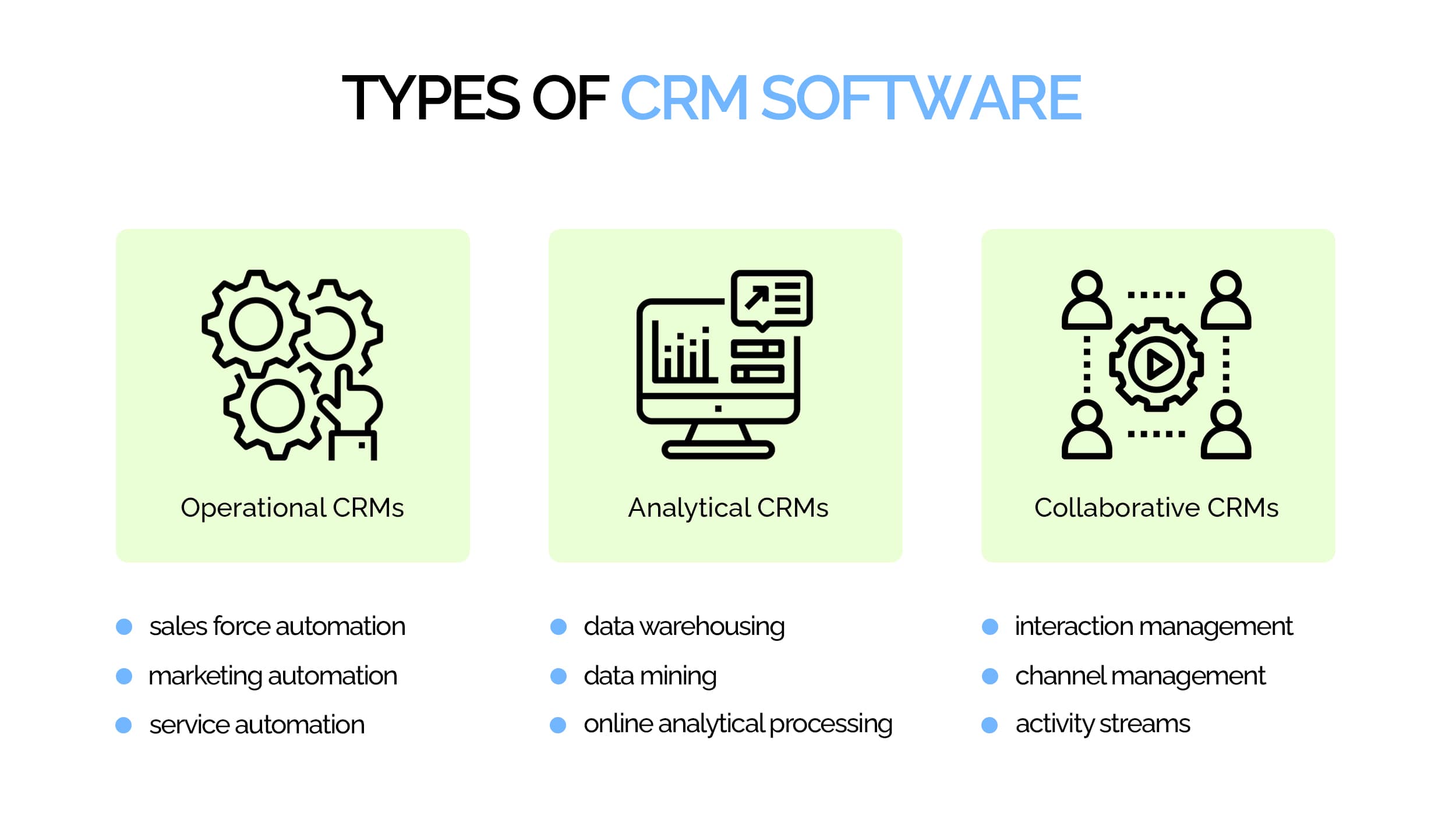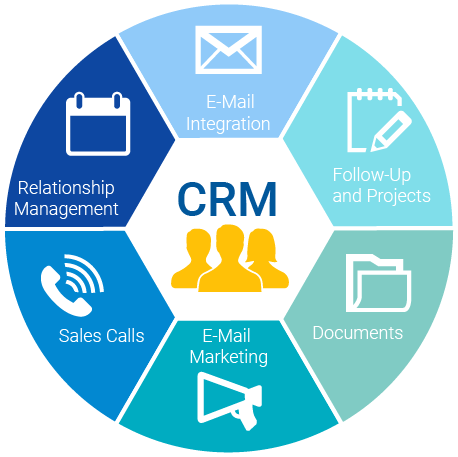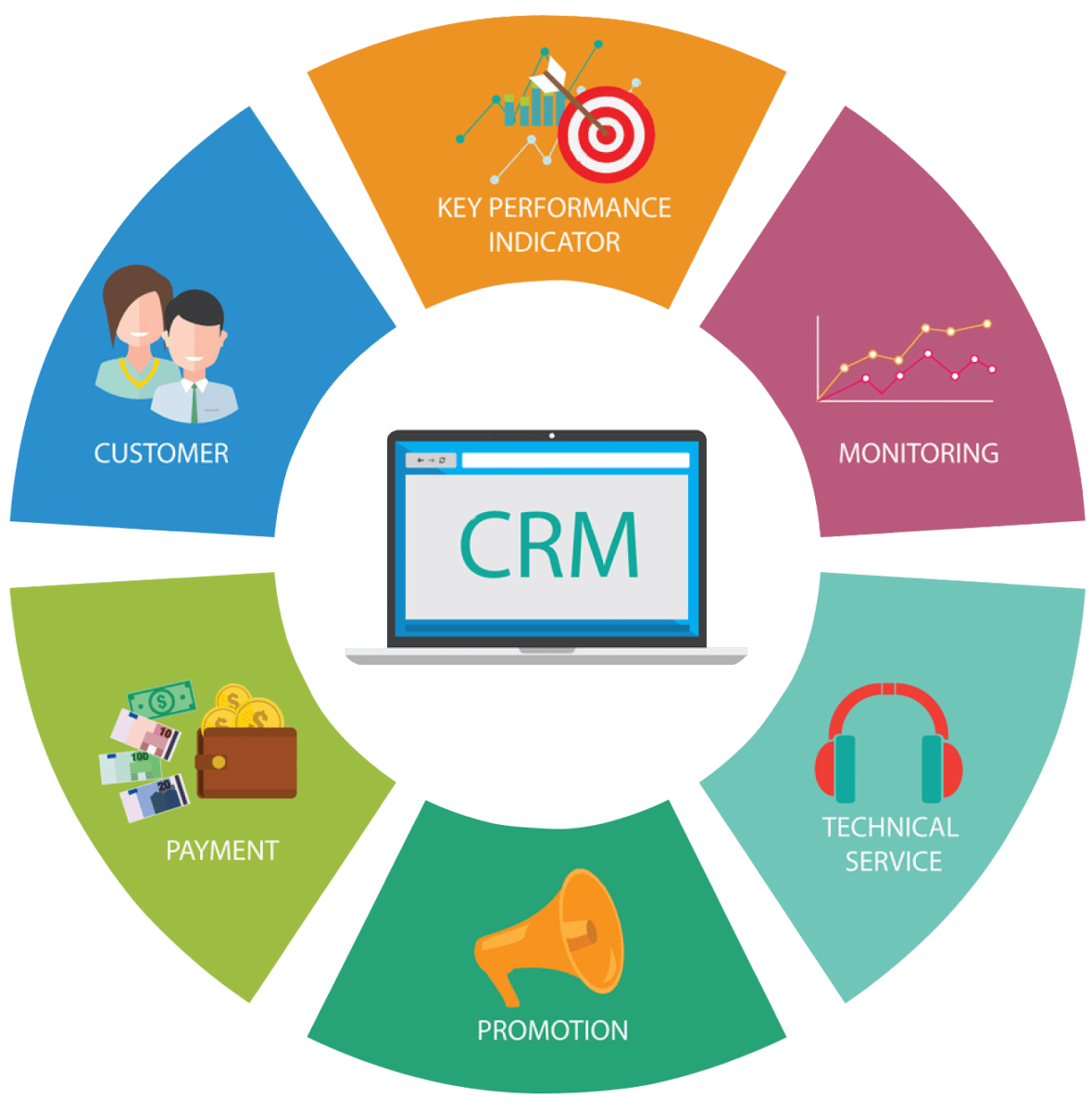“CRM” is attracting attention as a tool for customer management. Even if you have heard of it, many people may not know the details of its functions or the difference from “SFA”. Please use this as a detailed explanation of the overview of CRM, the background behind its necessity, and how to choose tools and systems.
Related materials:
What is CRM?
CRM
is an abbreviation for “Customer Relationship Management”, and in Japanese it can be translated as “customer relationship management” or “customer management”. This is a system that accumulates and centrally manages information related to communication and relationships with customers (basic information, purchase history, interactions, etc.). Improve customer satisfaction by analyzing data and taking actions based on customer needs.

Why CRM is needed
In recent years, the market has changed rapidly and customer needs have become more diverse. A major feature is that there is now an emphasis on not only product quality but also service and customer experience.
As the market changes, acquiring new customers and preventing customer outflows have become important issues for companies. CRM became popular as companies began to seek ways to improve customer lifetime value (
LTV
) by understanding the actual and potential needs of customers and building relationships with them.
An increasing number of companies are aiming to streamline their operations by accumulating, managing, and analyzing customer data using CRM, and aim to take optimal approaches without missing the right timing.

Difference between CRM and SFA

What is SFA?
SFA is an abbreviation for “Sales Force Automation” and is translated into “Sales Support System” in Japanese. It is a system that manages and analyzes information related to sales activities, such as project information such as the progress status and results of business negotiations, and customer information, and automates business processes to efficiently improve sales.

Differences between CRM and SFA
The purpose of SFA is to improve the efficiency of sales-related operations by supporting sales activities, whereas the purpose of CRM is to realize effective communication with customers through customer relationship management. It is also used to collaborate with departments other than the sales department, such as the marketing department.
Both systems are often used in sales departments, and can be said to be similar systems in that they share many common functions, such as customer information management.

Advantages of introducing CRM
-
Improving performance through central management of customer information
-
Improve operational efficiency
-
Collaboration between departments through information sharing
-
Strengthening the support system within the team
-
Improving team strength by sharing know-how and knowledge
-
Improving customer satisfaction
We will explain in detail the six benefits of CRM. Please use it as a criterion for determining whether or not your company needs to implement it.

Improving performance through central management of customer information
By centrally managing customer information in CRM, customer analysis becomes easier. By analyzing problems in the sales process, you can develop effective sales strategies.

Improve operational efficiency
CRM systems make it possible to reduce the effort involved in various tasks, such as understanding and analyzing customer information and the progress of business negotiations, and adjusting schedules. As a result, you can focus on more important activities, making your entire business more efficient.
Collaboration between departments through information sharing
By accessing the CRM, members can view information in real time at any time. Customer information can be shared between departments such as the sales department, marketing department, and customer support department, allowing for quick and accurate responses.
Strengthening the support system within the team
By recording the progress of a project and the actions of the person in charge in CRM, managers can instantly grasp the exact situation and provide appropriate advice. Members can support each other, and bottlenecks and problems can be easily resolved, preventing problems from becoming bigger.
Improving team strength by sharing know-how and knowledge
By using CRM to accumulate and share the know-how and knowledge that was individualized through traditional sales methods, you can improve the sales capabilities of all team members. Training of new employees and handovers due to changes in personnel will also proceed smoothly.
Improving customer satisfaction
By implementing CRM, you will be able to analyze customers, improve team performance, and strengthen collaboration between departments, allowing you to take the most appropriate approach to meet customer needs. This will lead to building a relationship of trust with customers, and can be expected to improve customer satisfaction and customer lifetime value (LTV).

How to choose a CRM tool/system
-
Appropriate cost-effectiveness
-
Excellent UI and operability
-
Necessary and sufficient functions
-
Comprehensive support
-
Robust security measures
-
Collaboration/extensibility with other tools
CRM tools and systems must be chosen carefully to handle customer information. It is also important to consider whether it is easy for the person in charge to use it and whether it will be necessary in the future. Let’s take a closer look at what you should consider when making your choice.
Appropriate cost-effectiveness
Many CRM tools and systems are subscription-based. The higher the functionality, the higher the price, so it is necessary to carefully judge whether the benefits obtained are commensurate with the installation and operation costs.
Excellent UI and operability
If the operability is poor in the first place, the person in charge will feel burdened, and there is a risk that the system will not be used even if it is installed. We recommend using the trial version first for comparison purposes. If you plan to use it outside the office, please also pay attention to device compatibility such as smartphones and tablet devices.
Necessary and sufficient functions
Functionality differs depending on the tool/system, so be sure to check carefully whether it has the functionality you need for your business. It is important to consider from a long-term perspective, taking into account not only the functions that are currently essential, but also future possibilities.
Click
here
for the main features of CRM.
Comprehensive support
It takes time for the field staff to become accustomed to operating the tools and systems. In case you run into trouble after installation, be sure to check whether the vendor has a good support system. We recommend choosing a vendor that will support you over the long term.
Robust security measures
CRM handles sensitive customer information, so information leaks are strictly prohibited. In order to choose a product with complete security measures, you should carefully research the vendor’s track record and reliability in advance.
Collaboration/extensibility with other tools
It is also necessary to consider whether the system can be linked with systems used in other departments such as customer support, other tools and systems such as
MA
tools, and whether functions can be customized. Before implementing it, consider how you will use CRM in the future.

Main features of CRM
The effectiveness of CRM functions can be maximized by utilizing them in good coordination with other departments. Let’s take a closer look.
customer analysis
This function analyzes customers’ purchase history and behavior history, and visualizes the customer’s level of consideration. It is possible to extract highly prospective customers and automatically create reports, which is useful for planning various measures and strategies.
Membership management
This function centrally manages members’ basic information such as their name, gender, age, and contact information, as well as their inquiry history and purchase history. By consolidating member data that was previously managed separately, we save time on staff and prevent leaks of personal information. By sharing it with other departments, you will be able to approach customers more effectively.
Email delivery function
This function divides customers into different stages and sends emails tailored to each stage. You can approach not only existing customers but also prospective customers appropriately. You can also check the open rate of your emails, which has the advantage of being able to verify the appropriate day of the week, time of day, subject, content, etc. for delivery.
Inquiry management
This feature centrally manages customer inquiry history and content. This will prevent duplication of responses and omissions. Additionally, for frequently asked questions, you can set up FAQs to reduce the time it takes to respond.
event management
Manage information such as customer information and purchasing behavior obtained from events held as part of marketing, such as seminars. The acquired customer data can be used for future events. You can also create event application forms and visitor lists, making your work more efficient.

Key points for measures to effectively utilize CRM
-
Ensuring real-time and accurate data entry
-
Data analysis from various perspectives
-
Improving customer communication and sales processes
-
Collaboration with sales and marketing departments
There are four main points to make the most of CRM functions. In preparation for implementation, let’s understand how to operate it effectively.
Ensuring real-time and accurate data entry
In order to take advantage of the benefits of CRM, which allows members to share information in real time, it is necessary to ensure that the latest information is entered immediately and accurately. Let’s make them aware of the importance of input work by making the purpose and benefits of introducing CRM known to the workplace.
Data analysis from various perspectives
By analyzing customer information and communication history from a variety of perspectives, it can be used to determine the timing and follow-up of proposals and approaches to customers. Analyze the numerical data accumulated during the sales process to discover issues and problems.
Improving customer communication and sales processes
Consider improvement measures based on the analyzed information. In order to cultivate customers and build better and lasting relationships, it is necessary to improve communication, such as considering the means of interaction and the medium of information provision. At the same time, review your sales processes and aim for optimal CRM operation by repeatedly analyzing and improving issues and problems.
Collaboration with sales and marketing departments
The key to maximizing the effectiveness of CRM is to utilize data not only within the sales department but across the organization. By deepening cooperation, especially with the marketing department, the sales department will be able to strengthen its approach and follow-up with customers, which will lead to the proposal and closing of additional projects.

Summary: By implementing CRM, you can better meet customer needs
We explained the overview of CRM, its benefits, and the knowledge needed to implement it. CRM that increases customer engagement and helps increase profits. It is an essential tool these days as customer needs are diversifying.
In order to strengthen collaboration between departments and improve teamwork throughout the organization, why not consider introducing CRM based on the points introduced above?

